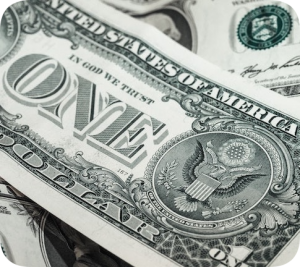Lawmakers are once again butting heads about raising the debt ceiling, a limit on the total amount of money that the federal government is authorized to borrow. This video looks at the potential economic consequences that could follow if legislators fail to reach an agreement and default on the nation’s debt.
Questions:
- How does debt help drive the U.S. economy?
- Why are U.S. bonds traditionally seen as reliable investments? How could that change if the country defaults on its debt?

